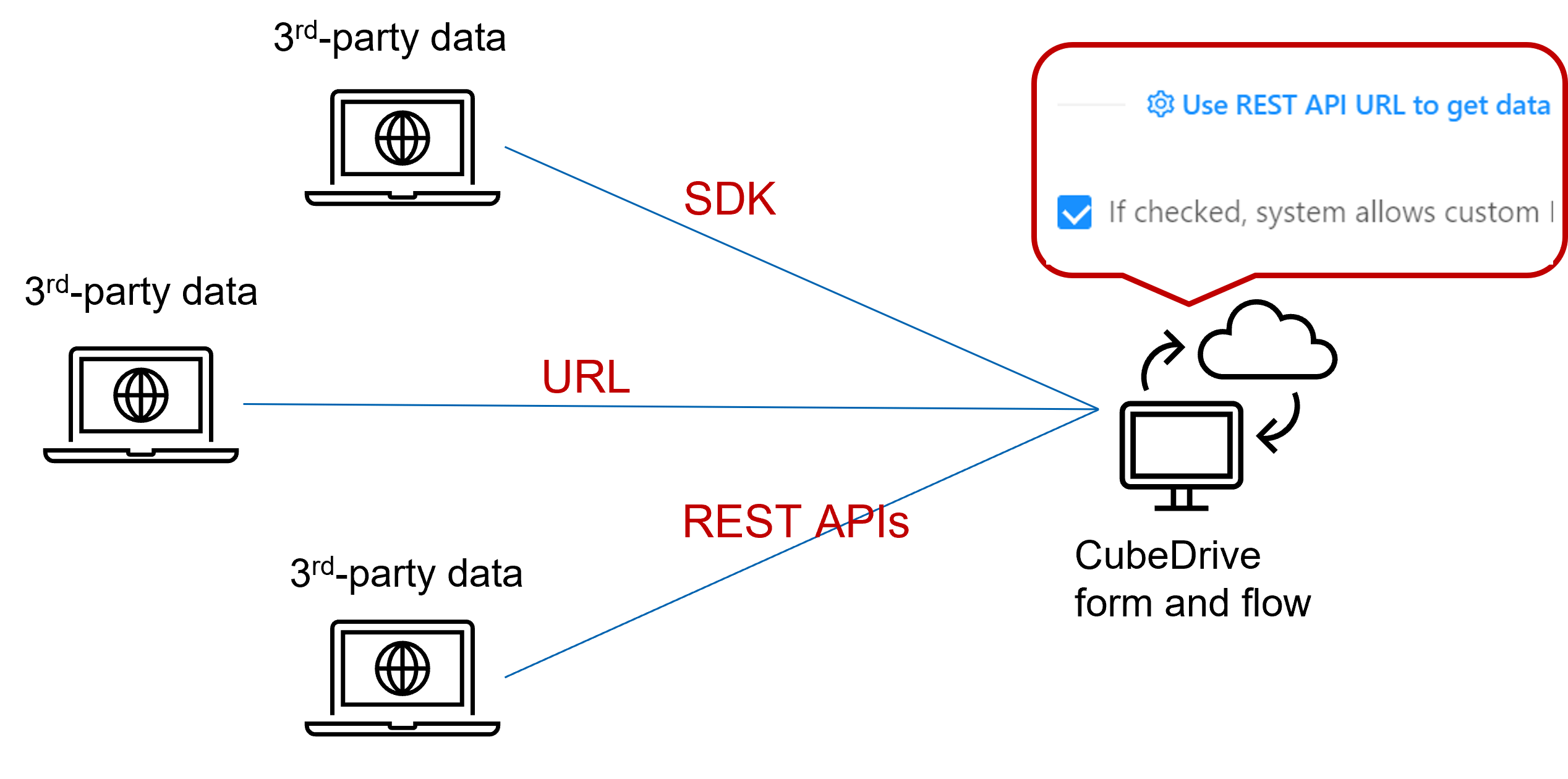Handling Webhooks: Shelf.io Knowledge Base Rest Apis

Webhooks in Shelf.io are your secret weapon for real-time updates, letting your apps react instantly to changes in your knowledge base. Think of them as instant messengers, delivering notifications whenever something significant happens – no more constantly polling for updates! This section dives into how to harness this power.
Webhook Functionality and Supported Events, Shelf.io knowledge base rest apis
Shelf.io webhooks support a range of events related to your knowledge base. These events trigger automatic notifications sent to a URL you specify. Currently, supported events include article creation, article updates, article deletion, and comment additions on articles. Each event delivers a JSON payload containing detailed information about the change. For example, an article creation event might look like this:
"event": "article.created",
"timestamp": "2024-10-27T10:30:00Z",
"article":
"id": "article_123",
"title": "Jogja's Best Gudeg Spots",
"content": "A comprehensive guide...",
"author": "user_456"
Rate limits are in place to prevent abuse; exceeding these limits results in temporary throttling. Error handling involves HTTP status codes (e.g., 429 Too Many Requests) to signal issues.
Webhook Configuration and Management
Configuring webhooks is straightforward. Through the Shelf.io dashboard, you can create new webhooks by providing a URL, selecting the events you wish to subscribe to, and choosing an authentication method. The API also allows programmatic webhook management. Below is a table comparing authentication methods:
| Authentication Method | Description | Security Level | Setup Complexity |
|---|---|---|---|
| API Key | Simple key-based authentication. Include the key in the header of each webhook request. | Low | Easy |
| HMAC Signature | Uses a secret key to generate a signature for each request, verifying the request’s integrity. | Medium | Moderate |
| OAuth 2.0 | Industry-standard authorization framework providing granular control over access. | High | Advanced |
Testing involves sending a test event through the dashboard to verify the webhook is correctly configured and receiving the expected payload. Updating a webhook involves modifying its settings (URL, events, authentication) through the dashboard or API. Deletion simply removes the webhook, stopping further notifications.
Webhook Event Processing in Client Applications
Processing webhook events requires receiving, validating, and processing the data. Here are examples in Python and Node.js:
**Python:**
import hmac
import hashlib
import json
# ... (Webhook receiving logic) ...
def validate_signature(payload, signature, secret):
calculated_signature = hmac.new(secret.encode(), payload.encode(), hashlib.sha256).hexdigest()
return calculated_signature == signature
# ... (Process the payload if signature is valid) ...
**Node.js:**
const crypto = require('crypto');
// ... (Webhook receiving logic) ...
function validateSignature(payload, signature, secret)
const calculatedSignature = crypto.createHmac('sha256', secret).update(payload).digest('hex');
return calculatedSignature === signature;
// ... (Process the payload if signature is valid) ...
Idempotency is crucial to prevent duplicate processing. This can be achieved by using unique identifiers for each event and storing processed events. Asynchronous processing using message queues (like RabbitMQ or Kafka) helps handle high volumes of events efficiently. Robust logging is essential for debugging and auditing.
Example Scenario: Integrating with an External Inventory System
Imagine you have an inventory management system (IMS) that needs to be updated whenever an article is created or updated in Shelf.io. A webhook can automate this. When an article is created or updated, Shelf.io sends a webhook to your IMS. Your IMS then uses the data in the payload to update its own database. This eliminates manual data entry and ensures consistency between systems.
Common Errors and Troubleshooting
| Error | Description | Troubleshooting Steps |
|---|---|---|
| Invalid URL | The webhook URL is incorrect or inaccessible. | Verify the URL, check for typos, ensure the server is running and accessible, check firewall rules. |
| Authentication Failure | The provided credentials are incorrect or invalid. | Verify API key/secret, check for expiration, regenerate credentials if necessary, check header case sensitivity. |
| Rate Limit Exceeded | Too many requests were sent to the webhook endpoint. | Implement rate limiting on your client side, consider using a message queue, check Shelf.io rate limits documentation. |
| Signature Verification Failure | The webhook signature is invalid. | Verify the secret key used for signature generation, ensure correct hashing algorithm is used, check payload integrity. |


